China kicks off second day of military drills near Taiwan amid tensions
China has commenced the second day of its military drills near Taiwan amid escalated tensions over the Taiwanese president's trip to the United States and her meetings with US senior government officials.
The People's Liberation Army's (PLA) Eastern Theater Command said on Sunday that it had deployed fighter jets and warships around the wayward island for a three-day operation named "Joint Sword".
Chinese warplanes, ships, and personnel were deployed to "the maritime areas and air space of the Taiwan Strait, off the northern and southern coasts of the island, and to the island's east", the army said as it launched the exercises near the Chinese Taipei.
A report from Chinese state broadcaster CCTV on Sunday said drills had "simulated joint precision strikes against key targets on Taiwan island and surrounding waters", adding that forces "continued to maintain the situation of closely encircling the island."
The report added that the air force had deployed dozens of aircraft to "fly into the target airspace", and ground forces had carried out drills for "multi-target precision strikes."
China's military drills on Monday includes live-fire drills off the rocky coast of China's Fujian province, about 80 kilometers south of Taiwan's Matsu Islands and 186 kilometers from Taipei.
"These operations serve as a stern warning against the collusion between separatist forces seeking 'Taiwan independence' and external forces and against their provocative activities," said Shi Yin, a PLA spokesman.
The spokesman pointed out that the military drills conducted by the PLA forces were necessary for safeguarding the sovereignty and integrity of the nation. "The operations are necessary for safeguarding China's national sovereignty and territorial integrity."
The military drills were launched in response to Taiwanese President Tsai Ing-wen's recent meeting with US House Speaker Kevin McCarthy and other officials.
In the meantime, Washington said it was "monitoring Beijing's actions closely."
A spokesperson for the American Institute in Taiwan, which serves as the de facto US embassy in Taiwan said on Sunday that the United States was monitoring China’s drills around Taiwan closely and is “comfortable and confident” it has sufficient resources and capabilities regionally to ensure peace and stability.
However, residents of the island had a different view regarding the developments in the region and expressed concern about a further escalation of tensions leading to the break out of war.
"I am a little worried; I would be lying to you if I say that I am not," said 73-year-old Donald Ho, who was exercising in a park on Sunday morning in Taipei. "I am still worried because if a war broke out both sides will suffer quite a lot.
A Taiwan security source said on Saturday the Chinese drills around the Bashi Channel, which separates Taiwan from the Philippines, included simulated attacks on aircraft carrier groups as well as anti-submarine drills.
Taiwan’s military said that as of Sunday midday local time (0400 GMT), they had spotted nearly 60 Chinese aircraft, including Su-30 fighters and H-6 bombers, as well as nine ships, around Taiwan.
It added that Taiwan’s military forces were paying particular attention to the PLA’s Rocket Force which is in charge of China’s land-based missile system and will simulate airstrikes on Chinese Taipei.
“Regarding the movements of the Chinese communists’ Rocket Force, the nation’s military also has a close grasp through the joint intelligence, surveillance, and reconnaissance system, and air defense forces remain on high alert,” Taiwan’s military said.
Taiwan’s forces will “not escalate conflicts nor cause disputes” and would respond “appropriately” to the drills, it said.
The military exercises have been designed to flex Beijing's military muscles in front of Taipei's secessionist government and its US-led Western backers.
China launched the Joint Sword drills just hours after the departure of French President Emmanuel Macron from Beijing, who was in China to urge his counterpart Xi Jinping to help bring an end to the war in Ukraine.
On the other side of the ledger, the Taiwanese president has downplayed the drills, vowing to continue her efforts with "the US and other like-minded countries" for secession.
Beijing views Chinese Taipei as an inseparable part of its territory and has vowed to take it back one day, even by force if necessary.
Under the internationally accepted "one China" principle, the global community -- the US included -- has agreed that there is officially only one Chinese government.
Last summer, China deployed warships, missiles, and fighter jets around Chinese Taipei in its largest show of force in years following a trip to the island in August 2022 by McCarthy's predecessor, Nancy Pelosi.
Tsai returned to Taipei on Friday after visiting the island's few left official diplomatic allies in Latin America and two US stopovers for her meetings with McCarthy and other lawmakers.
The rapid shifting towards China of the few world countries that still have diplomatic relations with Taipei has provoked more fears of Taiwan's isolation.
Last month, Latin American leader Xiomara Castro announced Honduras' decision to cut ties with Taiwan to establish diplomatic ties with China, dealing a fresh blow to the island's US-backed secessionist leader, Tsai.
Honduras was one of the few small nations in Latin America and the Pacific that diplomatically recognized Chinese Taipei (Taiwan) over Beijing.
VIDEO | Olympic flame travels through the streets of Rome and Vatican
Syria’s Alawite Council calls for general strike over HTS religious violence
Iranian boys’ team crowned champions at World U-21 Taekwondo
Pentagon chief under pressure to resign over Caribbean 'war crimes'
Iran’s economy expands slightly in H1 calendar year
Palestinian woman and son killed by Israeli fire in Gaza, bringing day’s death toll to eight
VIDEO | Press TV's news headlines
VIDEO | Australia, Malaysia to ban children under 16 from social media


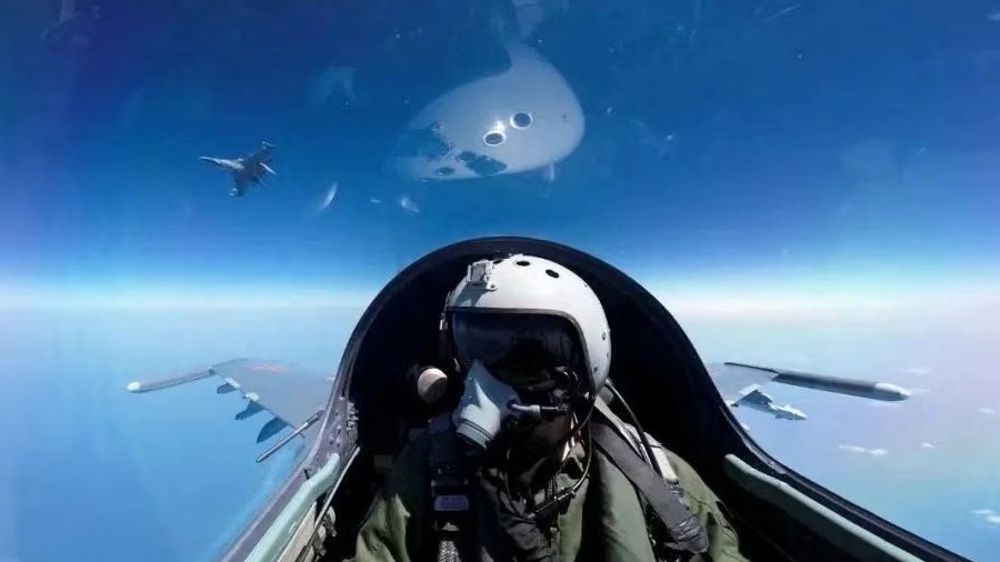
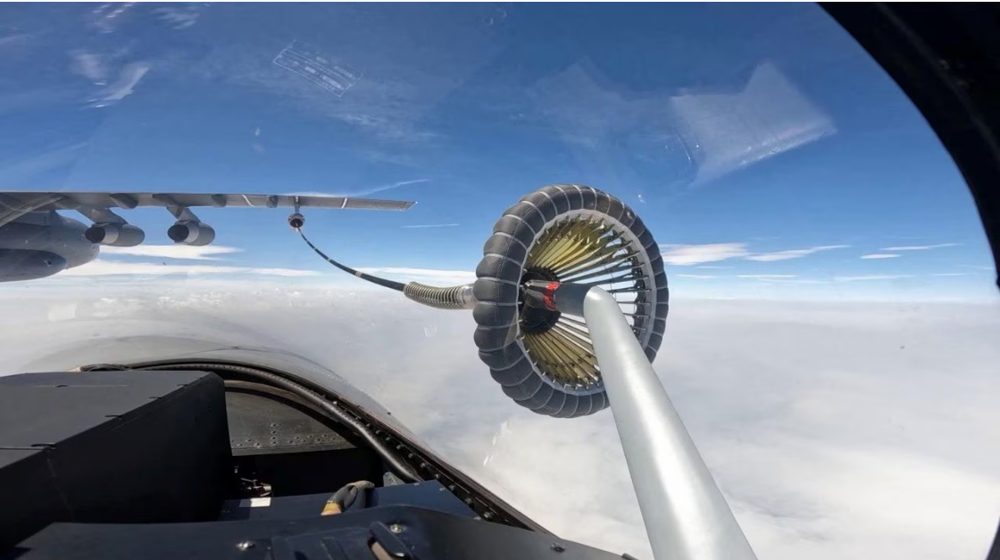
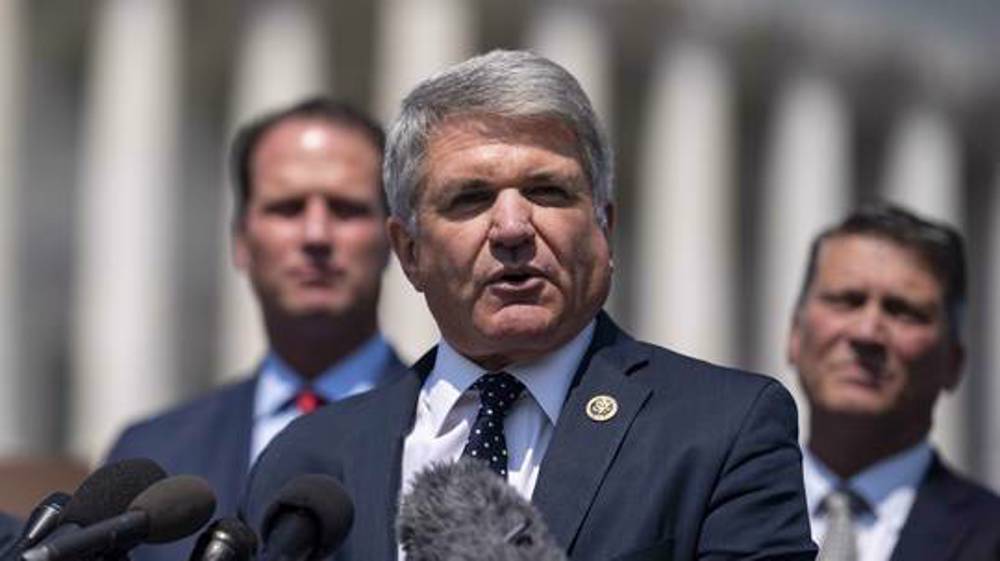

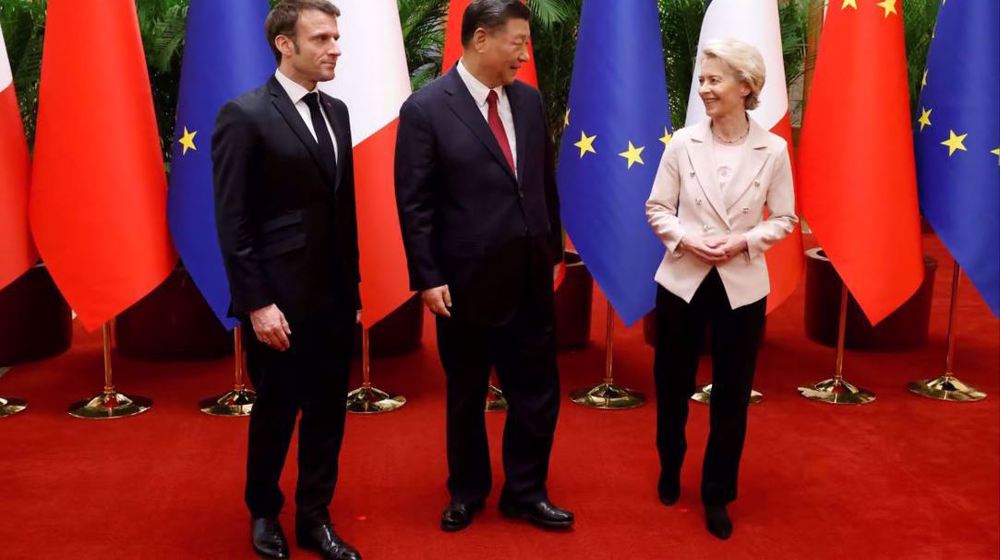

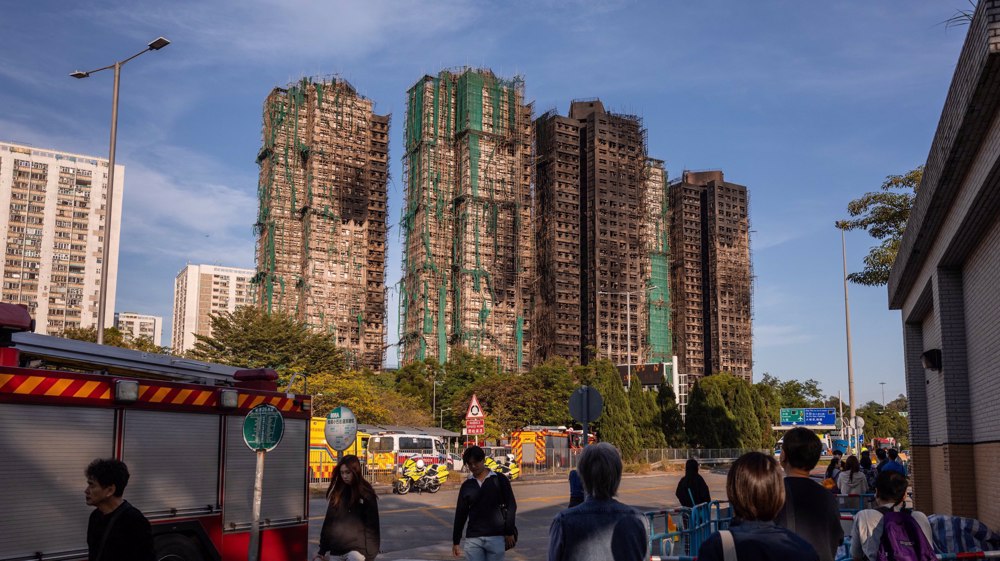





 This makes it easy to access the Press TV website
This makes it easy to access the Press TV website